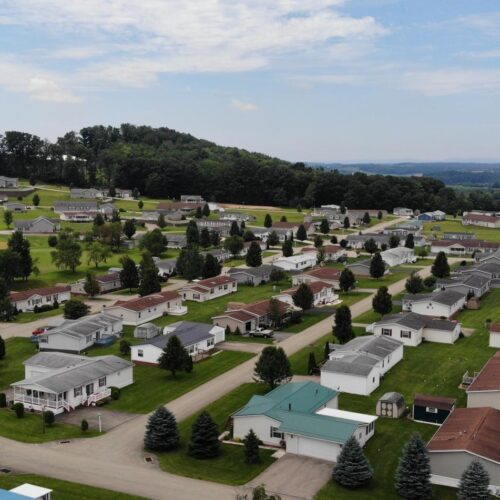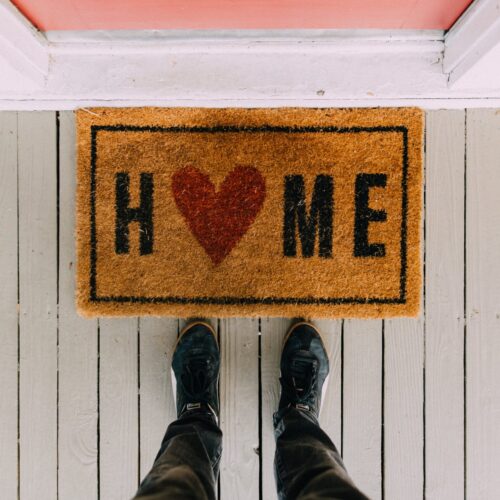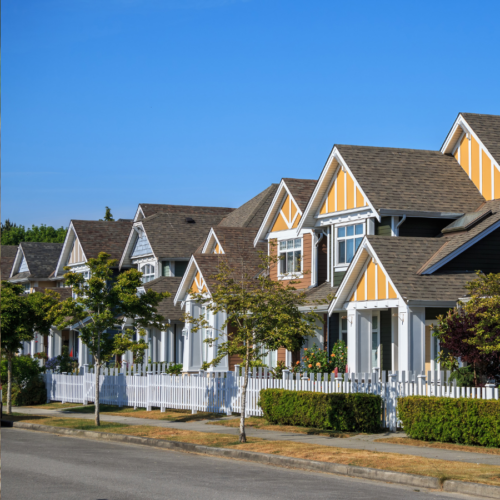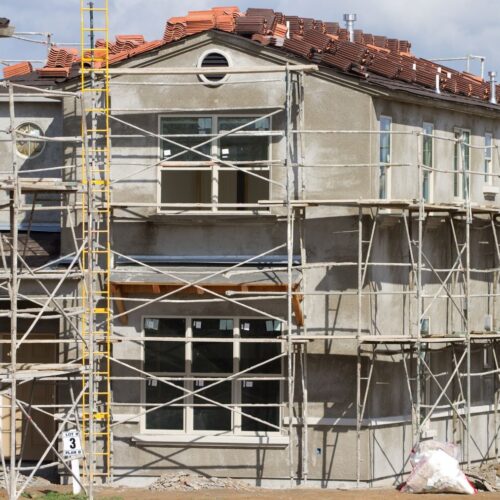Passive houses in Pittsburgh: the future of super-efficient buildings

A passive house designed by Laura Nettleton’s firm, Thoughtful Balance, in Pittsburgh, Pennsylvania
During the 2019 CSG East Annual Meeting in Pittsburgh, the Energy and Environment Committee hosted a panel discussion on super-efficient “passive house” construction, whose aggressively energy efficient design process is quietly revolutionizing the way that buildings are constructed.
Passive houses combine thick insulation with a tight air seal around a building’s envelope to reduce energy use by as much as 80 percent, compared with conventional construction.
In recent years, the Pennsylvania Housing Finance Agency (PHFA) has been providing incentives for affordable housing projects that are built to passive house standards.
“We looked at it as an opportunity, and we said, what is the downside?” said Holly Glauser, director of development for the PHFA, during the panel discussion. Data has shown that passive house affordable housing projects do not cost more, on average, than conventional buildings, and they have the advantage of providing reduced utility costs for residents, she said.
More than a dozen other states include passive house energy benchmarks in their scoring systems for awarding tax credits for affordable housing projects.
Given their heightened level of efficiency, passive buildings do not require conventional heating or cooling equipment, which helps to offset the expense of greater insulation and other materials that ensure that a building is air tight.
Proponents emphasize the health benefits of living in a passive house, in part owing to the use of air exchangers that continuously extract moist, stale air from the kitchen, bathrooms and other wet living spaces and swap it for fresh outside air.
“You sleep better,” said architect Laura Nettleton. Indoor comfort is enhanced by the use of thick, air-tight walls and triple-glazed windows, she added. “There’s no drafty window to sit next to. There’s no cold wall,” said Nettleton, whose firm, Thoughtful Balance, specializes in passive house design.
Following the panel, Nettleton led a tour of two passive house projects that she designed in Pittsburgh: a new, single-family home in a residential neighborhood; and a school house built in 1897 that was converted into affordable and market-rate apartments for senior citizens. Nettleton’s firm retrofitted the former school to passive house standards and added a new, passive house addition.
The buildings are among a growing number of passive houses in the Northeast, which are gaining support among architects, builders, and policymakers for their ability to lower energy costs and help meet a variety of public policy goals.
From North America to the EU
Passive house design was pioneered by North American builders and scientists in the 1970s, with funding from the U.S. and Canadian governments. It became popular in Europe in the 1990s, where the German Passivehaus Institut developed international standards that have been incorporated into the building regulations of several European cities. The first passive house was not certified in this country until 2003, but in recent years, the number of dwellings built to the standards has risen dramatically.
More than one hundred passive houses have been built in the United States, and several hundred more are in various stages of development, according to the North American Passive House Network. While that pales in comparison to the 30,000 or so passive buildings that have been constructed in central and northern Europe during the last thirty years, it’s up from around a dozen on U.S. soil less than ten years ago.
Policymakers are increasingly supporting the use of passive house building techniques to help reach their aggressive emission-reduction goals. Buildings consume over 40 percent of all energy in this country, and in urban areas, that share is often higher. In New York City, where they account for more than 60 percent of the city’s energy use, a recent law requires buildings to reduce their greenhouse gas emissions 40 percent by 2030. In addition, landmark state legislation signed by Governor Andrew Cuomo last summer calls for all sectors of the economy to reach carbon neutrality by 2050. The Cuomo administration has provided significant funding for residential retrofits and new construction that incorporates super-efficient design, including passive house.
During the discussion in Pittsburgh, speakers said that the pace of technological change is increasingly making it possible for industry experts to communicate the benefits of passive house to decisionmakers. Advanced computer programs can accurately simulate the performance of passive house structures before they are built, to show what building costs will be before any money is spent on a project. Nettleton emphasized that savings are possible through passive house retrofits of existing buildings as well as new construction.
“I’ve become comfortable as a practitioner to say I can save you 50 percent of energy use. And I will probably save you 10 to 15 percent more, because I’ve given myself wiggle room,” said Nettleton. “This is not a pie-in-the-sky unproved science,” she said. “It’s a game-changer.”




